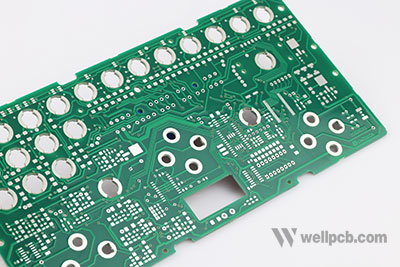Contents
Prototype PCB Test
The prototype PCB testing phase ensures that the end product is functional and needs quality for consumers.
It is better to correct the errors in a product prototype before it gets to the market. When consumers discover a fault in a product, it destroys the reputation of the manufacturer. And it creates ripple effects with negative impacts on other products from the same manufacturer.
You might have overlooked many things during the several hours used in placing numerous components on the board. And to avoid wasting so many resources (time and money), ensure that you dot all the I’s and cross all the t’s of the manufacturing process.
In the PCB prototype you are testing, look out for all incidents of short circuits, inverted IC polarity, missed components, and so on. Use the BOM to ascertain the components. You can go ahead with mass production only after ensuring that your prototype has passed all relevant tests and functional assessments.
If conditions permit it, you can also take advantage of 3D printing technology to produce several prototypes of your PCB. 3D printing PCB prototyping is a process that is known to save time and resources than traditional PCB prototyping.
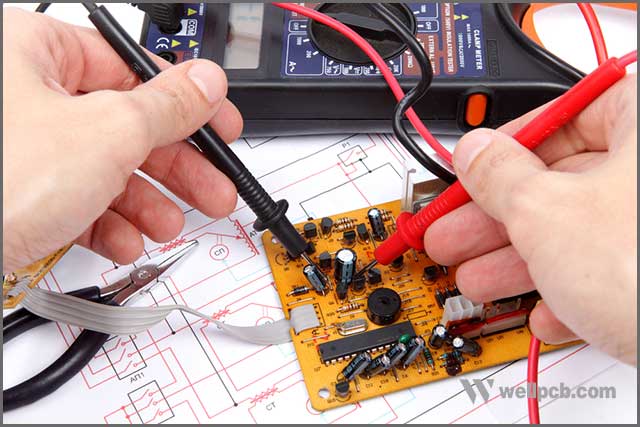
Adjust Your Prototype PCB Design
If you find faults in your PCB in the testing phase, you need to adjust the bare PCB, it may also include PCBA depending on what you want the PCB factory to do for you. This is why you should choose a PCB factory that will produce your PCB prototype design to avoid more mass production errors. There are many errors you can find in printed circuit boards, and below are the top five PCB design errors:
1. Incorrect PCB Component Landing Patterns:
Each component of the PCB has its landing mode, which determines how to solder it to the circuit board. You might not have any problem when you use commonly used components with known landing patterns. But you might have questions when you begin to get creative, And you decide to use a unique element of the PCB design tool that does not include its landing pattern. It is because your manufacturer might make some errors when drawing the landing pattern, creating soldering problems later on. Stick to your PCB design tool’s components or ensure your manufacturer doesn’t make landing pattern mistakes when you use unique ingredients.
2. PCB Prototype Board Poor Antenna Layout:
All PCB with wireless functionality will need an antenna, and the antenna layout must be optimal. The antenna functions by communicating with a transceiver, Usually connected via microstrip. The microstrip carries high-frequency radio waves, in the form of impedance, on circuit boards. The rule is that there must be a matching impedance between the transceiver and the antenna for optimum power transmission between the two components. Pay attention to the microstrip impedance, the microstrip width, the dielectric layer, and the LC matching circuit used for landing the antenna on the board.
3. PCB Prototype Board Incorrect Positioning of Capacitors:
Decoupling capacitors ensure stable voltage for components on the PCB, an essential factor for optimum performance of these components. The proper thing to do to regulate the energy coming from the current source by using a reliable output capacitor. Also, place Decoupling Capacitors near the components they are working with to ensure they perform at their best. And ensure that the voltage coming from the power source passes through Decoupling Capacitors before it gets to the PCB components they support.
4. Incorrect PCB Trace Width:
To maintain the integrity of your Printed Circuit Board, ensure that an appropriate amount of current is passing through it. PCB trace refers to all transmitting components – wires, fuses, copper, insulation – that appear on a PCB. The PCB traces’ width determines the PCB’s current carrying capacity and the allowed temperature rise. Consider the position of the PCB layer, whether external or internal. Outer layers have a more current carrying capacity, at the same trace width and thickness than the inner layer because they can quickly dissipate heat to the environment. The rule is that the smaller the trace width, the higher the permissible temperature rise and vice versa. A trace width calculator can come in handy in resolving this problem.
5. PCB Designs with Non-manufacturable Vias:
The simplest PCB Via is the Through-hole Via, but it can impede PCB routing by making a lot of PCB real estate useless. Blind and Buried Vias are supposed to come in handy instead of Through-hole Vias, but they have strict layer connection limitations and may not be manufacturable. Ensure your PCB layers are appropriately stacked so that your chosen manufacturer can manufacture them.
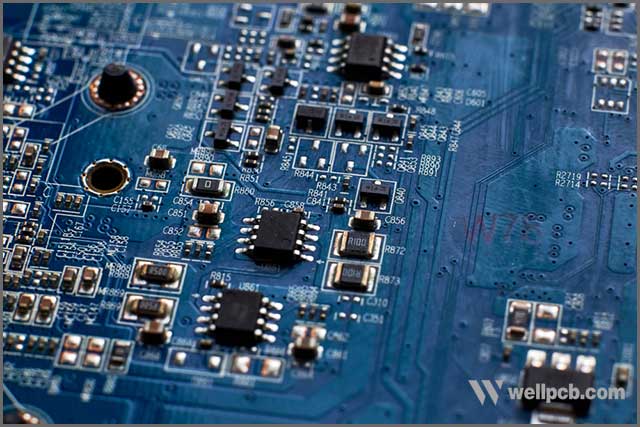
Prototype PCB Selection of Core Components
Integrated circuits (ICs), fuses, connectors, sensors, wires, LED displays, capacitors, and PCB Vias are some of the components you will need for your PCB assembly. A reliable component manufacturer is key to reliable PCB components. Be thorough when searching for one.
Ensure you solve the problem of component supply before you go into circuit board manufacturing proper. You have three PCB component sourcing options:
1. You can buy PCB components directly from component manufacturers yourself.
2. You can choose some reliable PCB component suppliers to buy.
3. You can work with your PCB manufacturers so that they can help you choose PCB components from the market themselves.
Whichever method you go for, ensure it is time and cost-effective. Production cost is a factor that influences the types of components used in the production process. Compare and assess the options available to you and choose the one that will reduce your cost and serve your needs.
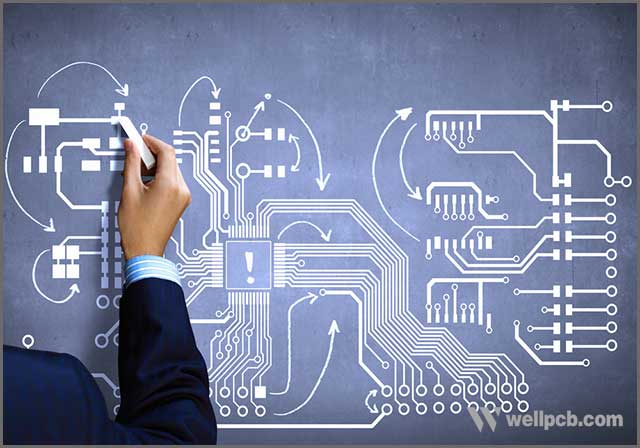
Decide on The Number of First Prototype PCB
After eliminating all errors in your PCB design and prototype, then choose the date and quantity for the first batch of production. You may be faced with a lot of uncertainties, especially if it is your first try. And you might not be sure that your product will be accepted in the market by consumers and be undecided about the quantity to produce. You might also have starting capital problems.
Although one thing is sure, the cost of PCB mass production will be lower. Nonetheless, you have to face reality and be pragmatic in your approach. Don’t bite more than you can chew. Conduct market research and carry out intensive marketing activities for your product. Since you have the right product, it should not be too hard to attract consumers. In the end, make the appropriate decisions that suit the actual situation facing you.
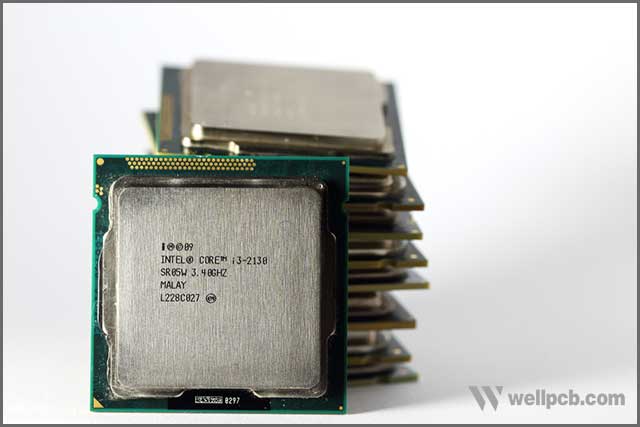
Complete the BOM of The Prototype PCB
After making all necessary design corrections and you have gotten the perfect manufacturable PCB design you’re looking for, the next step is to create a complete PCB BOM file. A PCB Bill of Material (BOM) is a document that contains the list of all the components used to manufacture a PCB and its quantities, dimensions, prices, and placements on the board.
A complete BOM will serve as a reference document for the production of several batches of the PCB, ensure replication accuracy in the future, and let you know your project’s cost.
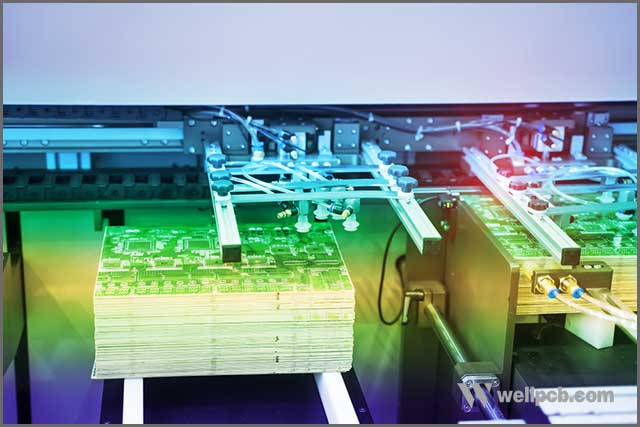
Choose A Suitable Prototype PCB Maker
Your choice of PCB manufacturer will go a long way in determining your product’s quality and the ease with which you can get the job done. Ensure you consider and assess many manufacturers before you settle for one.
Learn about their capabilities, job success history, turnaround time, and costs. Consider their proximity, delivery, and delivery fee as well.
In the end, you need to choose a PCB manufacturer that can offer you the best service and can conveniently supply you in batches.
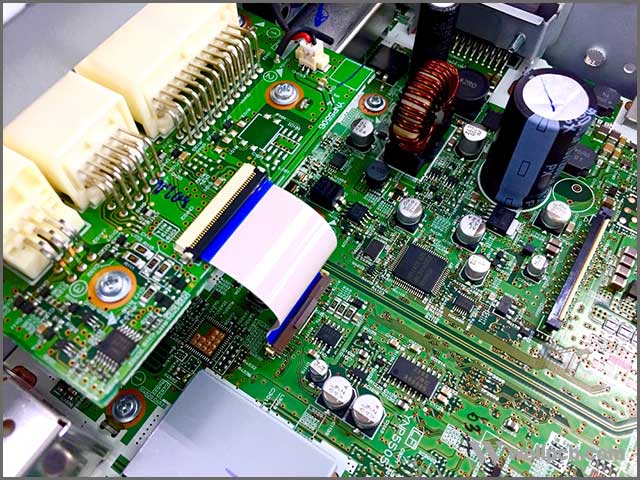
Summary
You don’t have to know everything about PCBs before making yours and start selling to consumers. You can enter the PCB industry by just knowing enough. There are many PCB design engineers out there that would be glad to help out with your PCB design.
Contact us today at WellPCB if you have any PCB prototype ideas. With us, all you need to know is what you need it for, and the job will be done in time and on budget. We will be happy to provide you the required professional help to realize your PCB design and manufacturing dreams.
